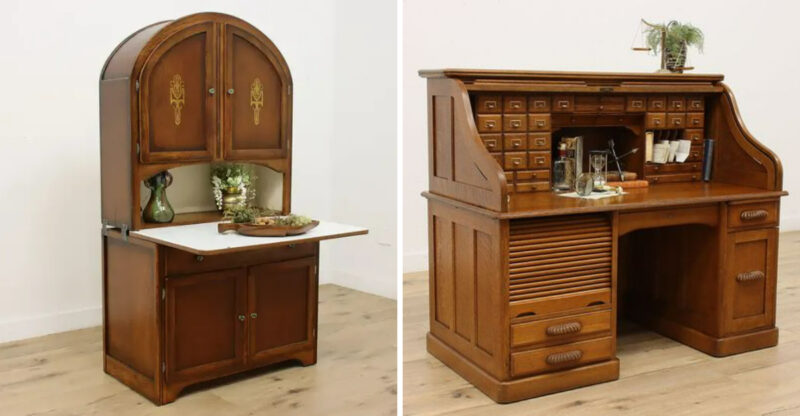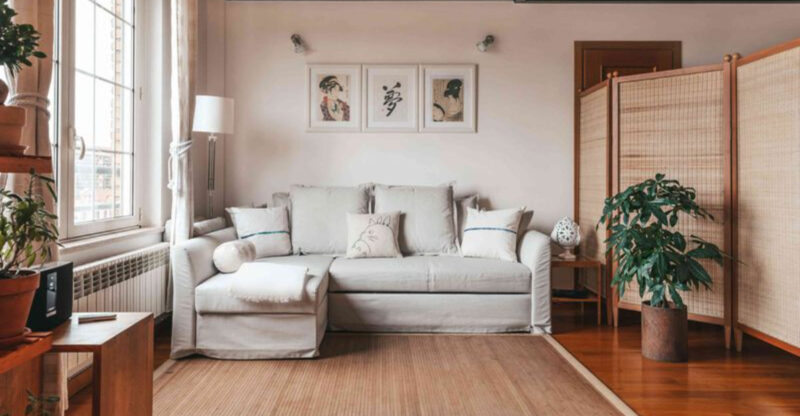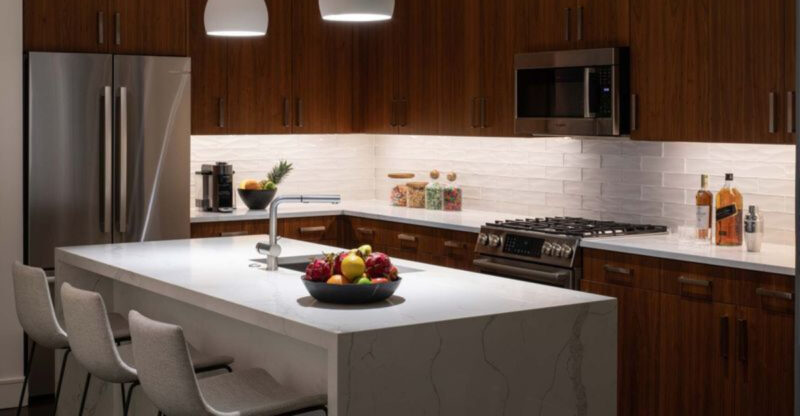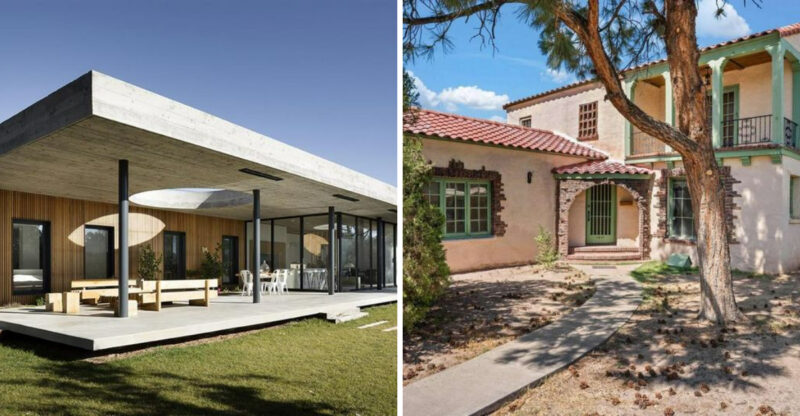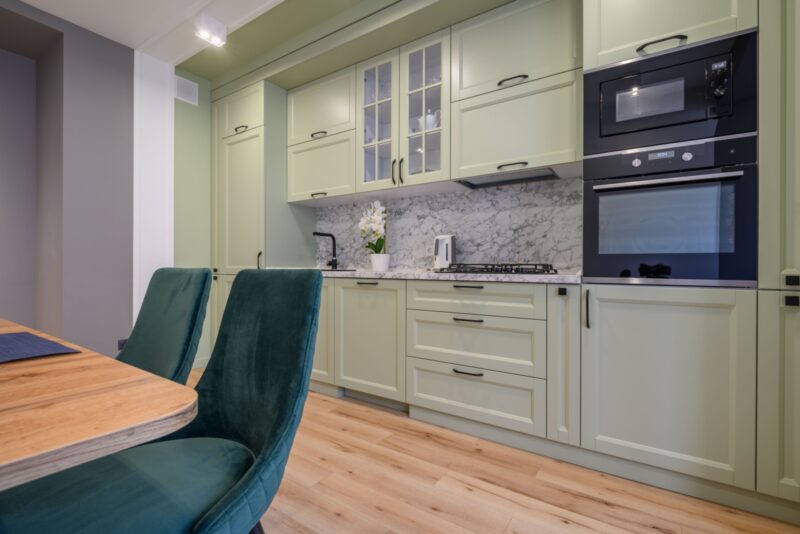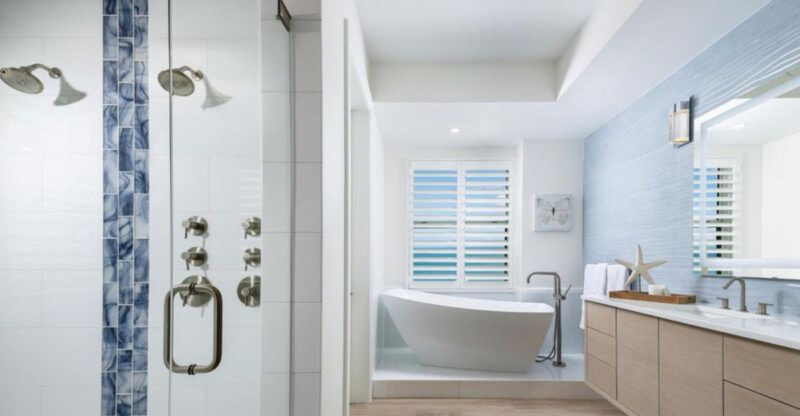12 Outdated Arizona Home Styles That Could Vanish In The Coming Years
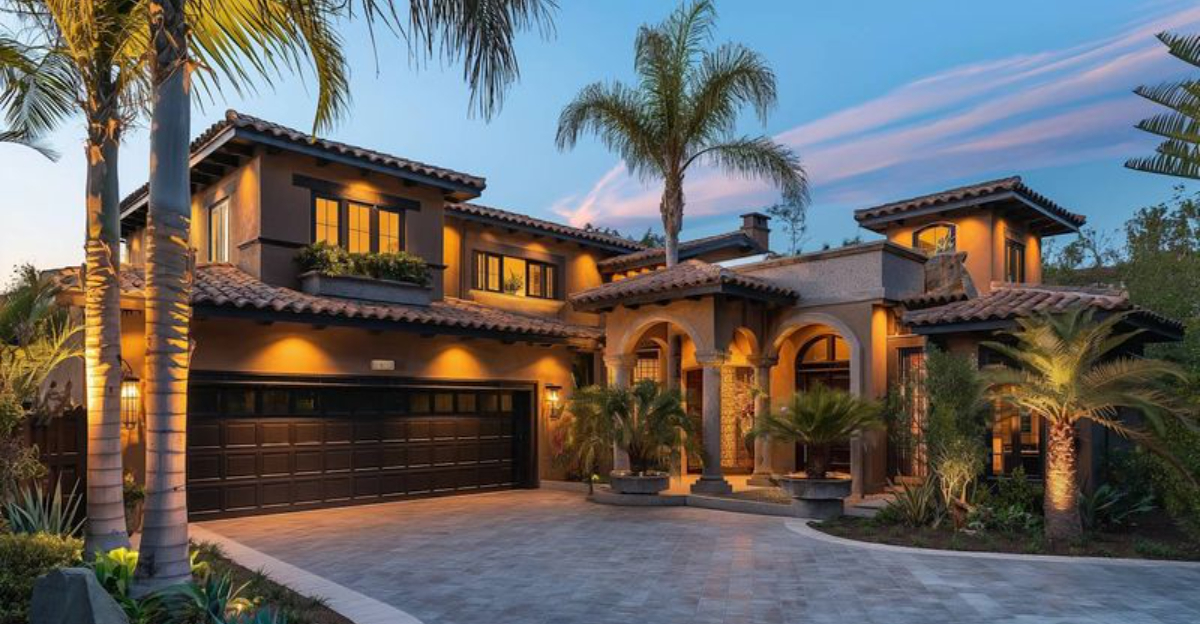
Sunlight spills over rooftops, casting long shadows on streets lined with homes that once defined a certain way of living. In Arizona, the silhouettes of these familiar structures are slowly giving way to something sleeker, greener, and far more functional.
Architectural styles that carried the warmth of the desert and a distinct sense of place are fading as homeowners lean toward modern lines, sustainable materials, and designs built for efficiency.
What was once considered timeless is now competing with innovations that promise to reshape the look and feel of neighborhoods across the state.
1. Rambler / Ranch Homes With Low Rooflines
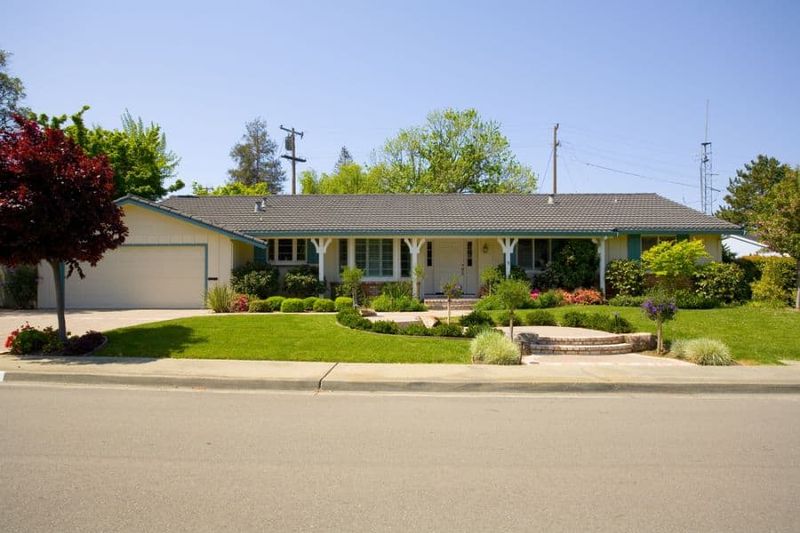
Those sprawling single-story ranches with their characteristic flat, low-hanging roofs are becoming less practical in the desert heat. The minimal attic space creates temperature control nightmares during summer months.
Modern homebuyers now prefer designs with better energy efficiency and more vertical space utilization. These once-ubiquitous symbols of prosperity might soon be relegated to nostalgic neighborhoods rather than new developments.
2. Pueblo Revival Homes Using Lath And Plaster
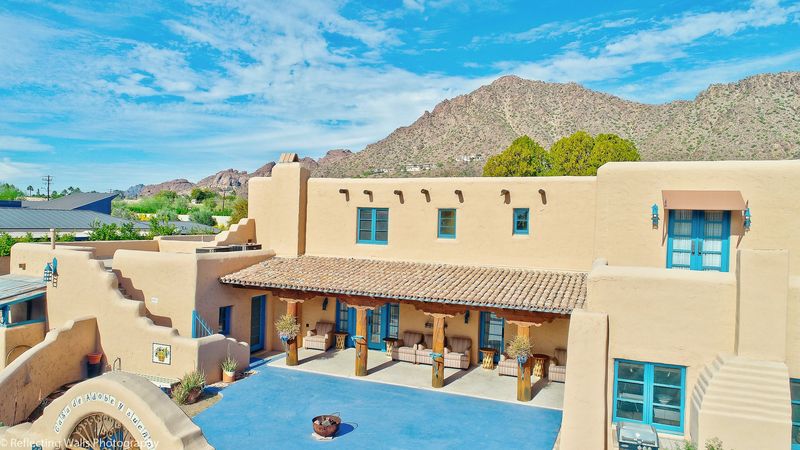
Authentic pueblo revival homes with traditional lath and plaster construction techniques require specialized skills few modern builders possess. Their hand-troweled walls and rounded edges create that distinctive southwestern charm but demand constant maintenance.
While visually stunning, these labor-intensive structures are giving way to simpler designs using modern materials. The artisanal craftsmanship behind these iconic homes is unfortunately becoming a lost art in Arizona’s building industry.
3. Declining Mid-Century Modern Bungalows
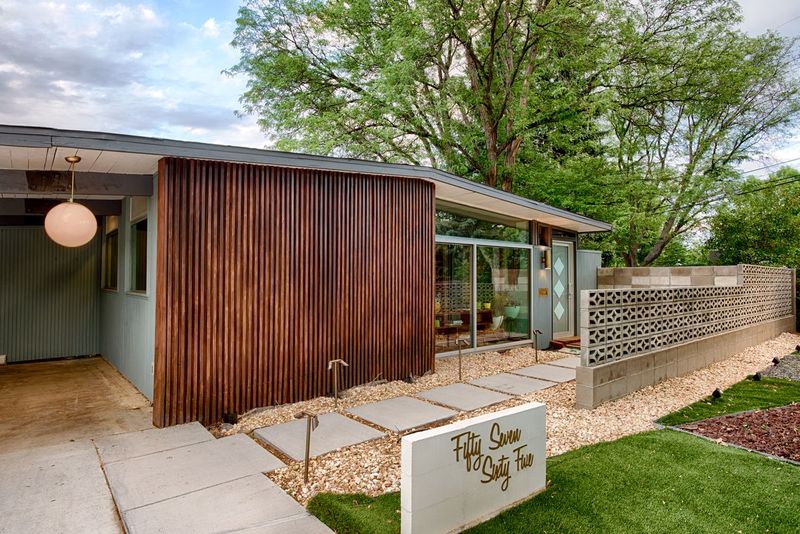
Those charming atomic-era bungalows with their distinctive angles and floor-to-ceiling windows face serious challenges in Arizona’s extreme climate. Their single-pane glass and minimal insulation create energy inefficiency nightmares for owners.
Despite their architectural significance and Instagram appeal, these homes require extensive retrofitting to meet modern comfort standards. The expense of upgrading these vintage treasures often exceeds what homeowners are willing to invest.
4. Swiss Chalet / Alpine Rustic Cabins
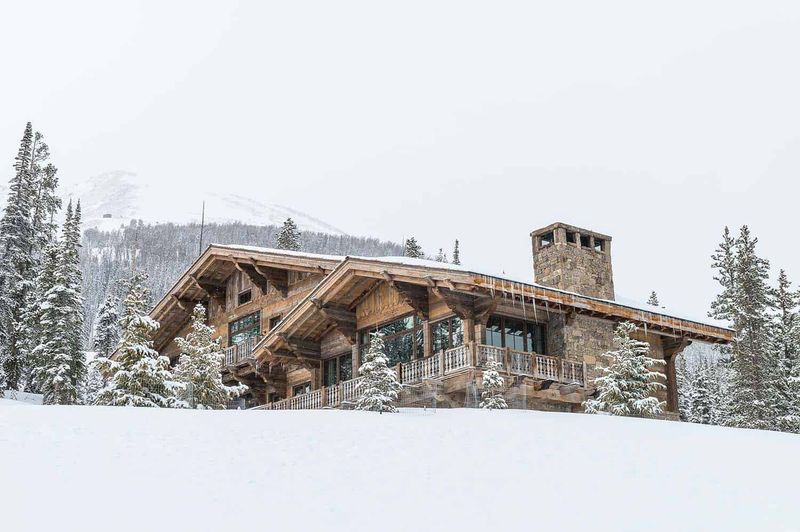
Quirky Alpine-inspired homes once dotted Arizona’s higher elevations, featuring steep A-frame roofs and decorative woodwork that seemed bizarrely out of place in the desert landscape. These transplanted European designs were popular vacation retreats in the 1970s.
Climate realities make these homes impractical in most Arizona regions. Their poor adaptation to local conditions, combined with fire safety concerns and maintenance challenges, has homeowners opting for more regionally appropriate designs these days.
5. Faux Mediterranean Homes With Excessive Ornamentation
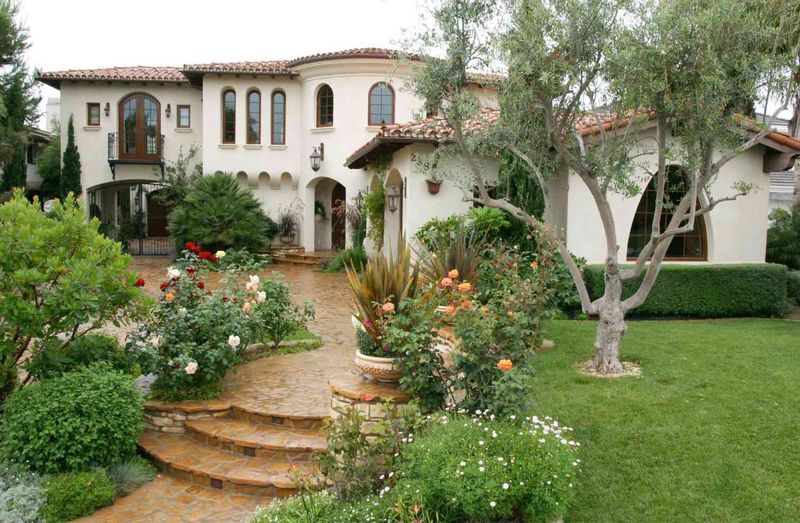
Those ostentatious pseudo-Mediterranean mansions with their excessive columns, ornate ironwork, and elaborate fountains have fallen from favor. Popular during the housing boom, these homes prioritized showy details over authentic design principles.
Changing tastes now favor cleaner lines and more honest architecture. The maintenance demands of all those decorative elements prove impractical in Arizona’s harsh climate. Younger homebuyers particularly reject these homes as outdated symbols of excess.
6. Territorial Revival Homes
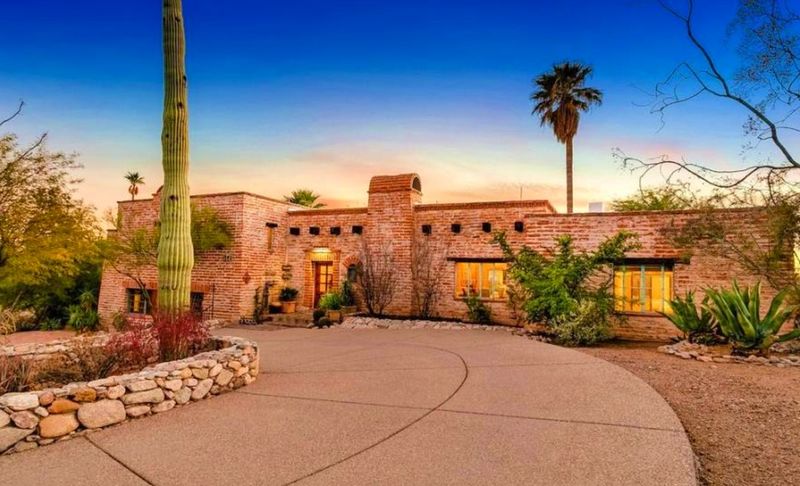
Territorial revival homes with their flat roofs and brick parapets once embodied Arizona’s architectural heritage. Dating back to the early 20th century, these modest structures feature simple rectangular forms and minimal decorative elements beyond brick detailing around windows.
Without historical designation protection, many face demolition as land values rise. Their small footprints and dated interiors make them targets for redevelopment. Preservationists worry these authentic pieces of Arizona architectural history will disappear entirely from urban landscapes.
7. Retro “Arizona Ranch” Concrete Block Homes
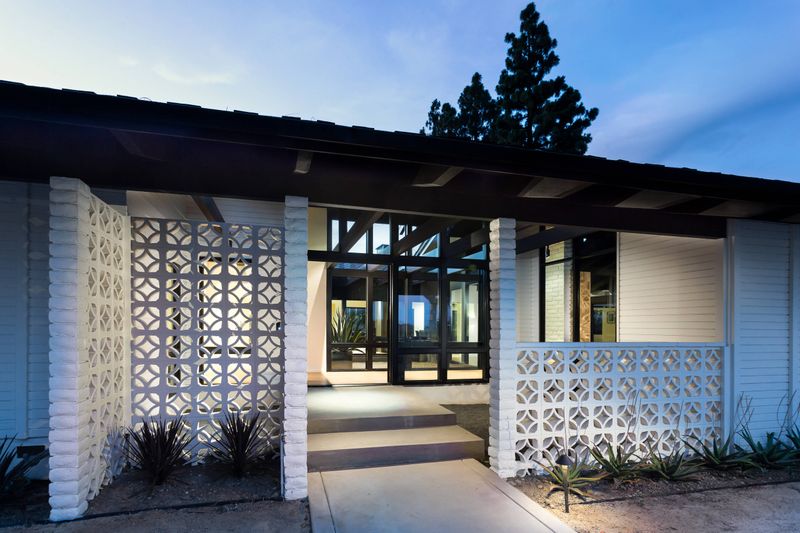
Distinctive concrete block ranch homes built during Arizona’s mid-century growth boom are increasingly rare finds. Their decorative block patterns – sunbursts, diamonds, or abstract designs – once served as both structure and ornamentation.
While prized by architectural preservationists, many homeowners view these modest structures as outdated. The small room dimensions and limited storage fail to meet contemporary expectations. Without appreciation for their historical significance, these unique homes face demolition or insensitive remodeling.
8. Overly Large Monolithic Stucco Mansions
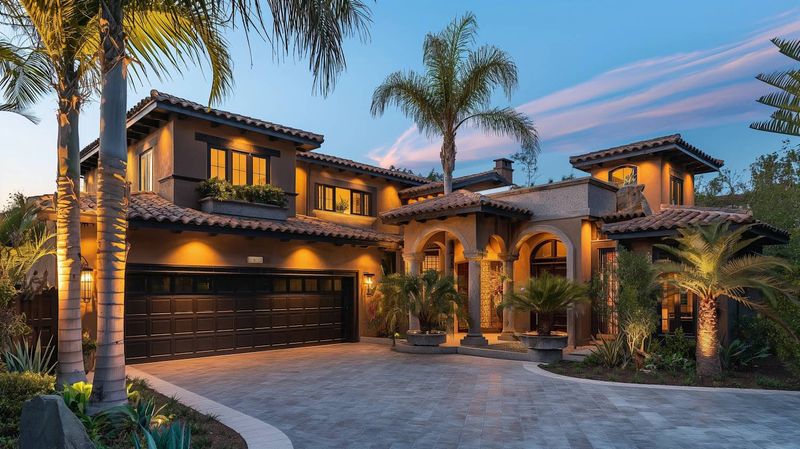
Massive stucco boxes that dominated upscale developments in the early 2000s have lost their appeal. These imposing structures with their beige uniformity and minimal architectural detail were status symbols during the McMansion era.
Today’s luxury buyers seek more distinctive designs with character and sustainability. The enormous cooling costs and maintenance requirements of these oversized homes make them increasingly impractical. Many sit on the market for extended periods as tastes shift toward more thoughtful, right-sized luxury.
9. Faux Adobe Homes With Synthetic Materials
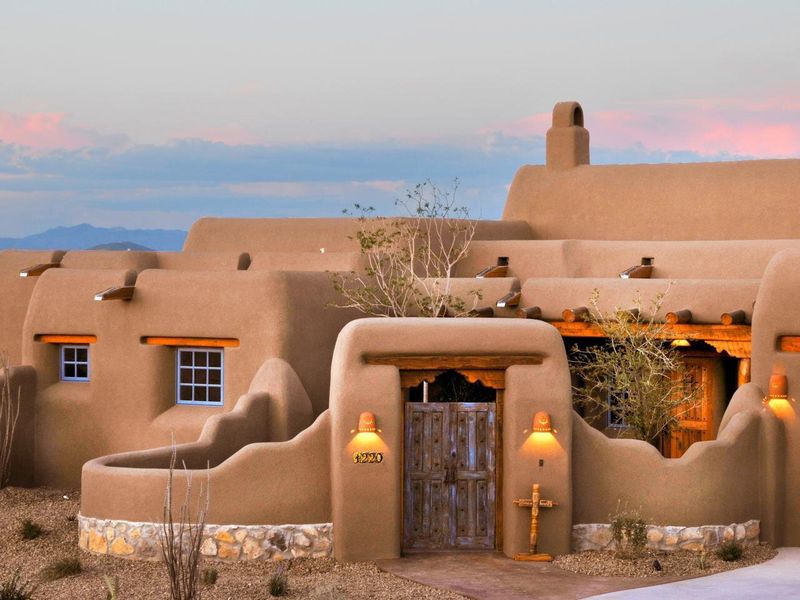
Imitation adobe homes using foam and synthetic stucco instead of traditional materials create a superficial southwestern appearance. Popular during the 1990s housing boom, these homes mimicked authentic pueblo styles without the structural integrity.
The synthetic materials deteriorate poorly in Arizona’s harsh sun. Water damage and insect problems plague these structures as they age. Homebuyers increasingly recognize the difference between authentic southwestern architecture and these mass-produced imitations that lack genuine regional character.
10. Split-Level Homes With Sloped Roofs
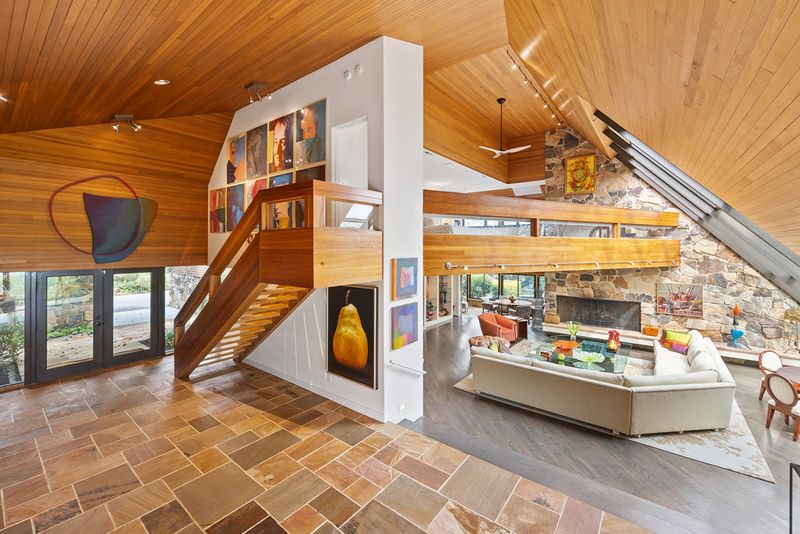
Split-level designs that gained popularity in the 1970s and 80s feel increasingly outdated to modern homebuyers. Their awkward half-flights of stairs and compartmentalized rooms create disconnected living spaces that conflict with today’s open-concept preferences.
The characteristic sloped roofs perform poorly in Arizona’s climate, creating hot air traps and maintenance challenges. As these homes age, their unusual layouts make them difficult to renovate effectively. Many face complete redesign or demolition rather than simple updates.
11. Vernacular Small Box “Arizona Ranchettes”

Humble rectangular homes built during Arizona’s rapid expansion periods offered affordable housing with minimal frills. These modest structures feature simple gabled roofs, basic stucco exteriors, and compact floor plans designed for desert living on a budget.
Rising land values make these small footprint homes targets for redevelopment. Their basic construction and limited square footage don’t align with contemporary expectations. While historically significant as workforce housing, these unpretentious dwellings increasingly disappear from Arizona neighborhoods.
12. Territorial Simplified Brick Homes
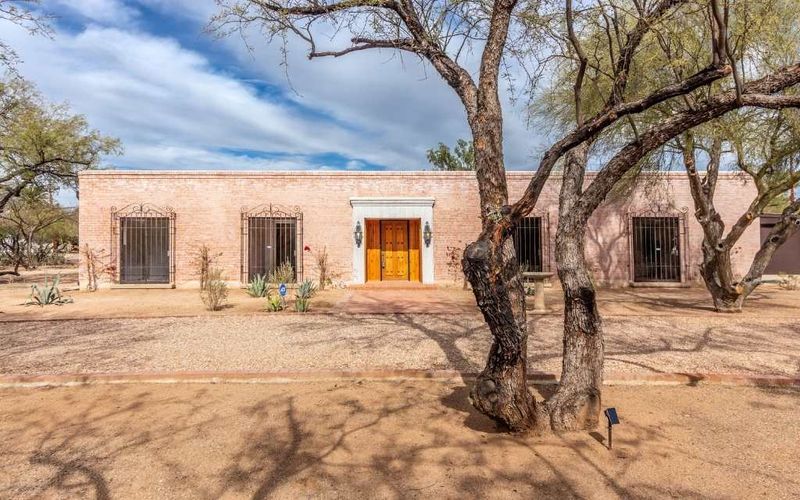
Charming brick homes with territorial influences once represented solid middle-class housing across Arizona. Their straightforward designs featured exposed brick exteriors, minimal trim, and practical layouts suited to desert living without excessive ornamentation.
Despite their durability, many face demolition as neighborhoods gentrify. Their modest size makes them targets for replacement with larger structures. Preservation efforts focus on these authentic examples of Arizona’s architectural heritage, but without protection, these honest brick homes continue to vanish from the landscape.

